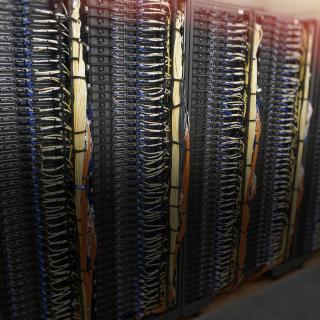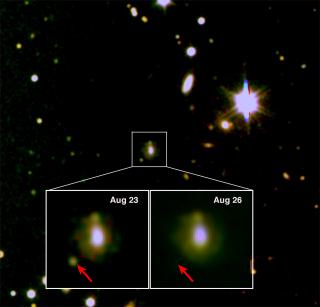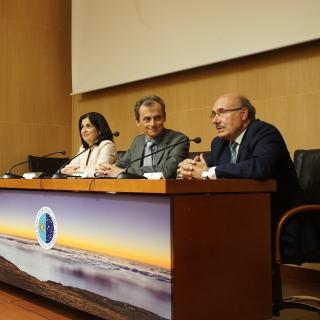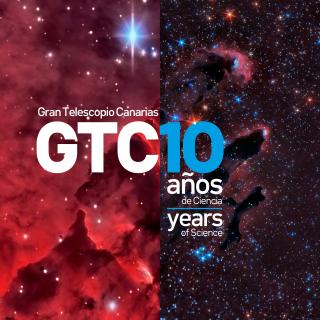
Early-type galaxies (ETGs) were historically considered as ‘boring’ objects by astronomers. This galaxy category encompasses lenticular and elliptical galaxies, which were thought as morphologically featureless systems with no star formation and therefore of little interest. However, with the advent of powerful integral field spectrographs and deep photometric images, ETGs have demonstrated not to be such ‘boring’ systems, but complex galaxies with a variety of dynamical, photometric, and stellar population’s properties. In fact, a major question of current astrophysics is still to determine
Advertised on




